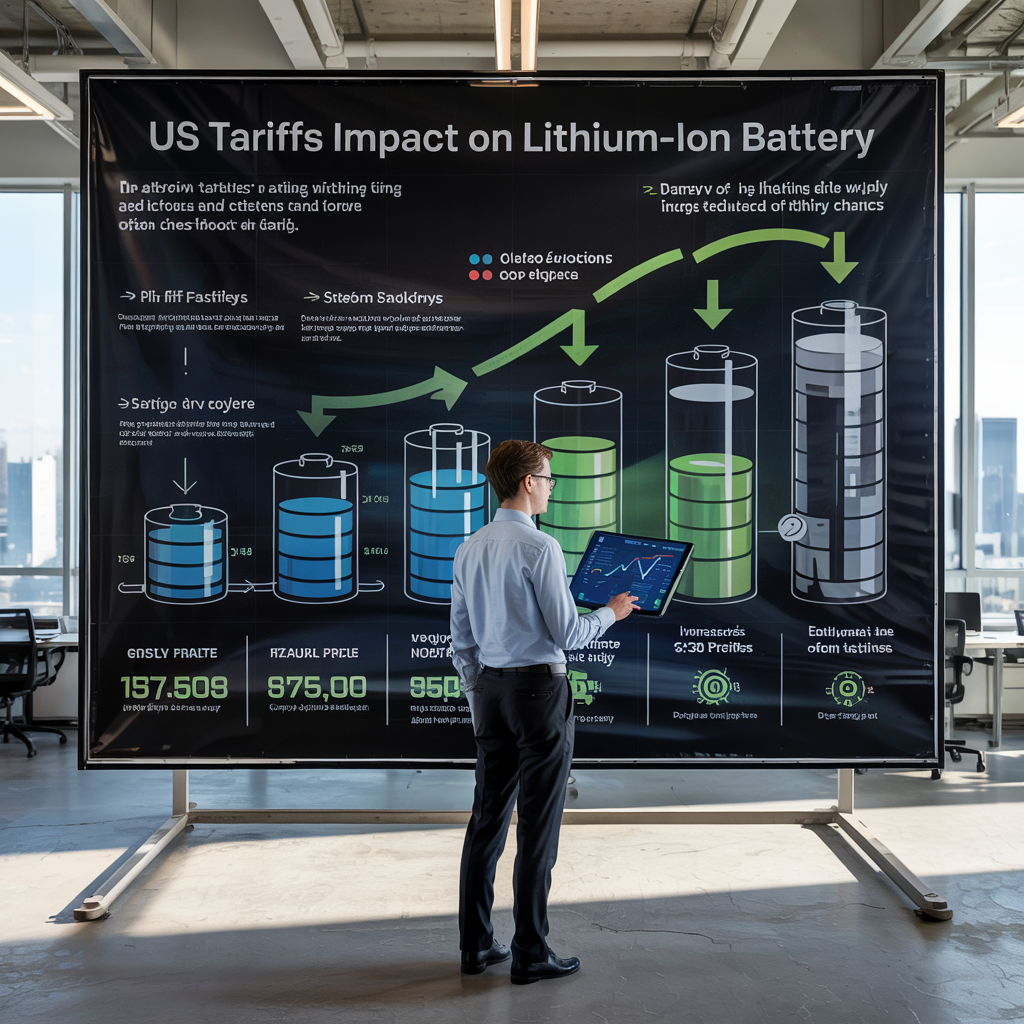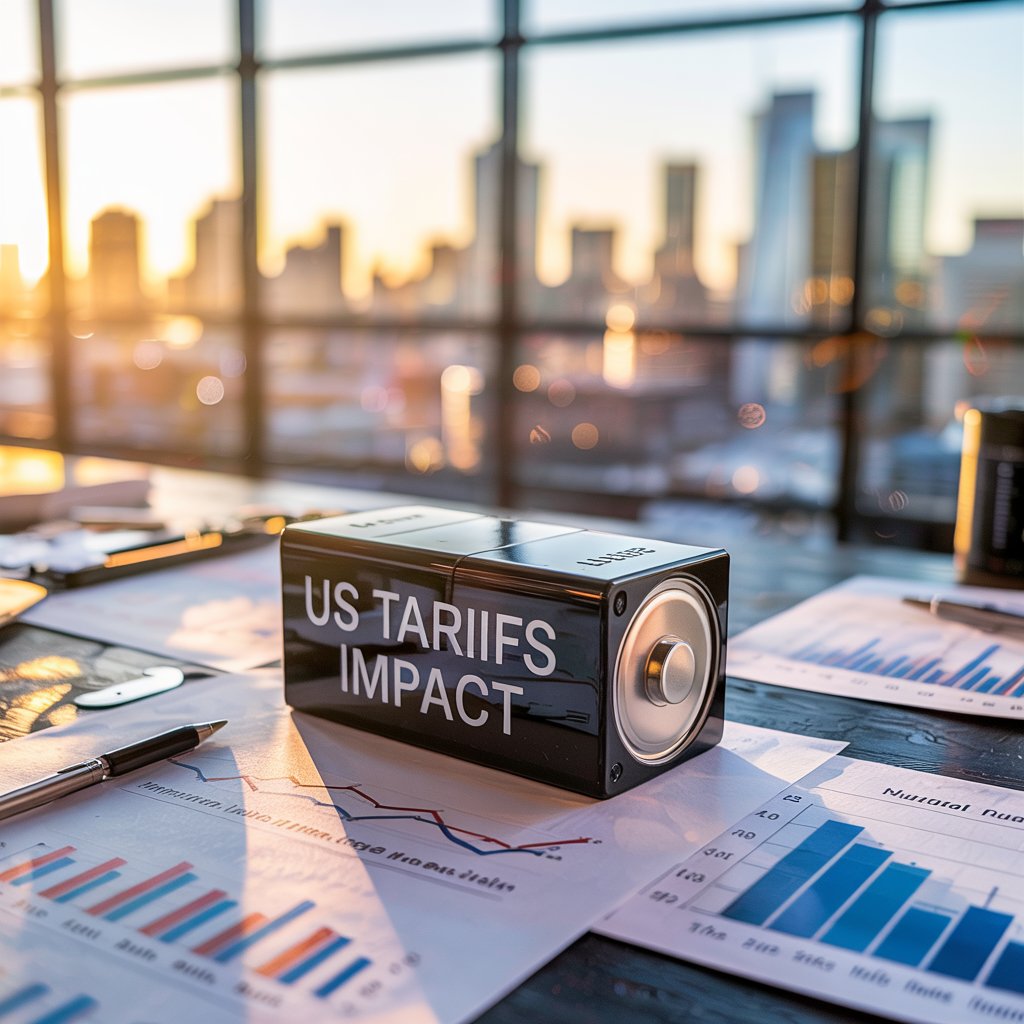The lithium-ion battery industry has become one of the most vital sectors driving the global transition toward electric mobility and clean energy. However, its path hasn’t been smooth—especially during the Trump administration, when a series of tariffs on Chinese imports reshaped the global supply chain. What initially seemed like a setback is now being viewed as a catalyst for transformation, innovation, and opportunity.
As we look toward the future of lithium-ion batteries in the post-tariff era, it’s clear that the market is not just bouncing back—it’s evolving into something more dynamic, resilient, and self-sufficient.
A Market at a Crossroads
President Donald Trump’s administration imposed tariffs on Chinese goods, it had an immediate impact on the lithium-ion battery market. China, being the dominant player in battery-grade lithium, cobalt, and key components, saw its exports face additional levies, increasing costs for manufacturers in the U.S. and Europe. For automakers, electronics producers, and energy storage companies, the price hikes were concerning. Many feared a slowdown in production and adoption.
But the tariffs also forced key players to rethink their long-term strategies. Reliance on a single supply chain hub no longer seemed viable. Instead, companies began searching for new ways to reduce risk, increase domestic capabilities, and push technological boundaries.
Unveil the Effects of Trump Tariffs on Lithium-ion Battery Market Evolution @ https://www.marketsandmarkets.com/pdfdownloadNew.asp?id=49714593
Rebuilding Supply Chains for Resilience
One of the most significant developments in the post-tariff lithium-ion battery landscape is the move toward reshoring and diversification. U.S.-based companies have begun investing heavily in domestic manufacturing and assembly facilities. Gigafactories have popped up in multiple states, supported by federal and state-level incentives that aim to reduce dependence on overseas materials.
At the same time, countries like Canada, Australia, and Chile—rich in lithium and other critical minerals—are emerging as alternative suppliers, helping companies build more diversified and politically stable supply chains.
This shift is not just about location—it’s about control. Vertical integration has become the name of the game. Companies want greater control over raw materials, processing, cell production, and battery management systems. And those who achieve it will likely hold a competitive edge.
Fueling Innovation in Battery Chemistry
The post-tariff period has also sparked a new wave of innovation. To reduce exposure to tariff-affected materials like cobalt and nickel, companies have started exploring alternative chemistries such as lithium iron phosphate (LFP) and solid-state batteries.
These new approaches not only promise to reduce cost and geopolitical risk but also improve performance, safety, and sustainability. For startups and research institutions, this evolving landscape presents an unprecedented opportunity to break into the mainstream with next-generation solutions.
Policy Support and Long-Term Growth
The Biden administration and other global governments have picked up where the Trump tariffs left off, focusing on domestic production and clean energy as strategic priorities. Legislative moves, such as the Inflation Reduction Act, have unlocked billions in funding for battery research, EV incentives, and clean energy infrastructure.
These policy measures ensure that lithium-ion battery demand will remain strong in the long term, not only for electric vehicles but also for grid-scale energy storage, consumer electronics, and industrial applications. This sustained growth outlook presents significant opportunities for battery makers, component suppliers, and adjacent tech companies alike.
Looking Ahead: A New Era of Opportunity
While the Trump-era tariffs undoubtedly disrupted the lithium-ion battery supply chain, they also accelerated a much-needed transformation. What began as a challenge has evolved into a movement toward innovation, regionalization, and sustainability.
Companies that can adapt to this new reality—by investing in resilient supply chains, embracing alternative chemistries, and aligning with supportive policy frameworks—stand to gain the most in the coming years. The lithium-ion battery market is no longer just about production; it’s about creating a sustainable ecosystem that balances performance, cost, and environmental impact.


